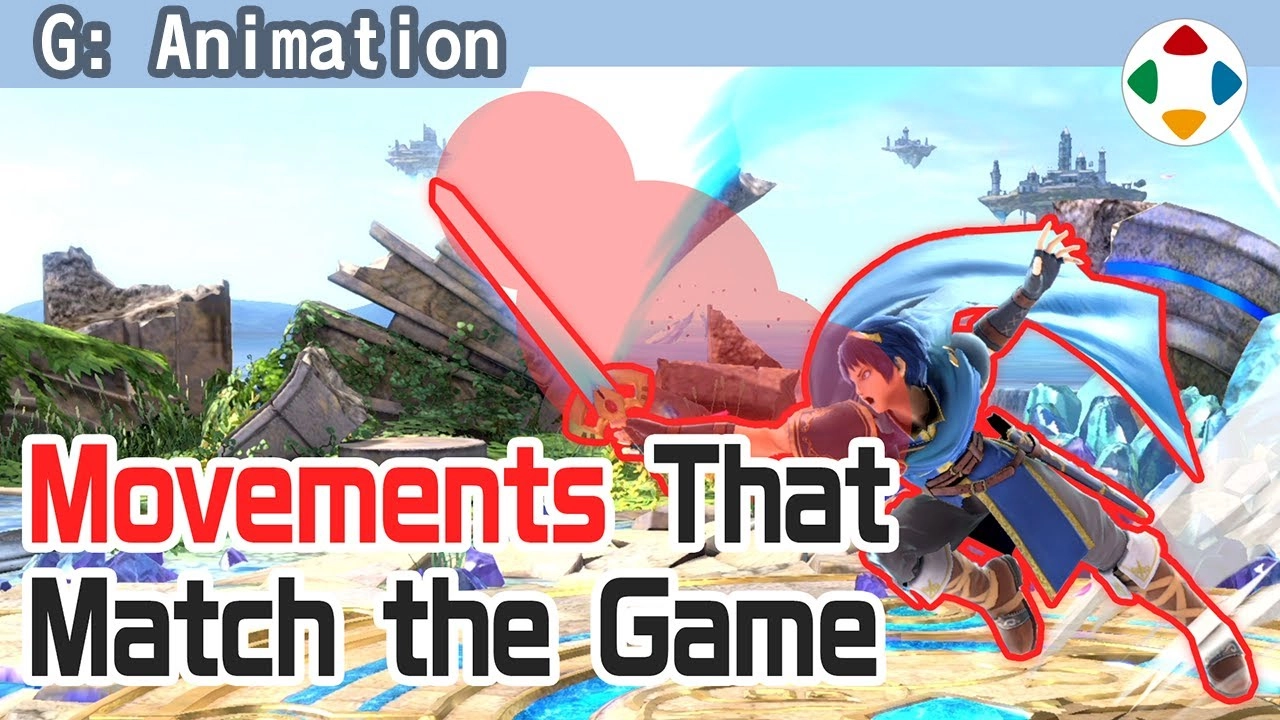
Masahiro Sakurai, the visionary behind the Super Smash Bros. series, has recently shared some intriguing insights on game development through his YouTube channel. In a detailed discussion, Sakurai delved into the collaborative efforts that go into creating the complex and beloved game, Super Smash Bros. Ultimate.
Super Smash Bros. Ultimate, a crossover fighting game, brings together characters from various Nintendo franchises to battle it out in dynamic arenas. With characters ranging from Mario to Link, the game requires a fine balance of fun and functionality, making game design a critical and challenging endeavor.
One of the key topics Sakurai addressed was the importance of collision animations in the game. Collision animations refer to the visual feedback that occurs when characters in the game land hits on each other. These animations are not just important for visual effect but are crucial in making the game feel responsive and satisfying.
According to Sakurai, creating effective collision animations is a collaborative process between animators and game designers. This team effort ensures that the game is not only visually appealing but also feels right when played. It's about finding the sweet spot where animations reflect the impact realistically without compromising the game's fluidity and pace.
Sakurai highlighted a common challenge in game design: aligning visual animations with game mechanics. He mentioned that while it's crucial for the visual and collision elements to align, there could be exceptions if deviations make the game more enjoyable. The ultimate goal is to create a seamless and immersive experience that keeps players engaged and entertained.
To illustrate his point, Sakurai provided an example of how the team tests collision animations. By slowing down the animations, they can observe and adjust the precise moments of impact to ensure that they provide the right feedback to players. This slow-motion review helps the team identify any discrepancies that might not be noticeable during regular gameplay but can affect the overall experience.